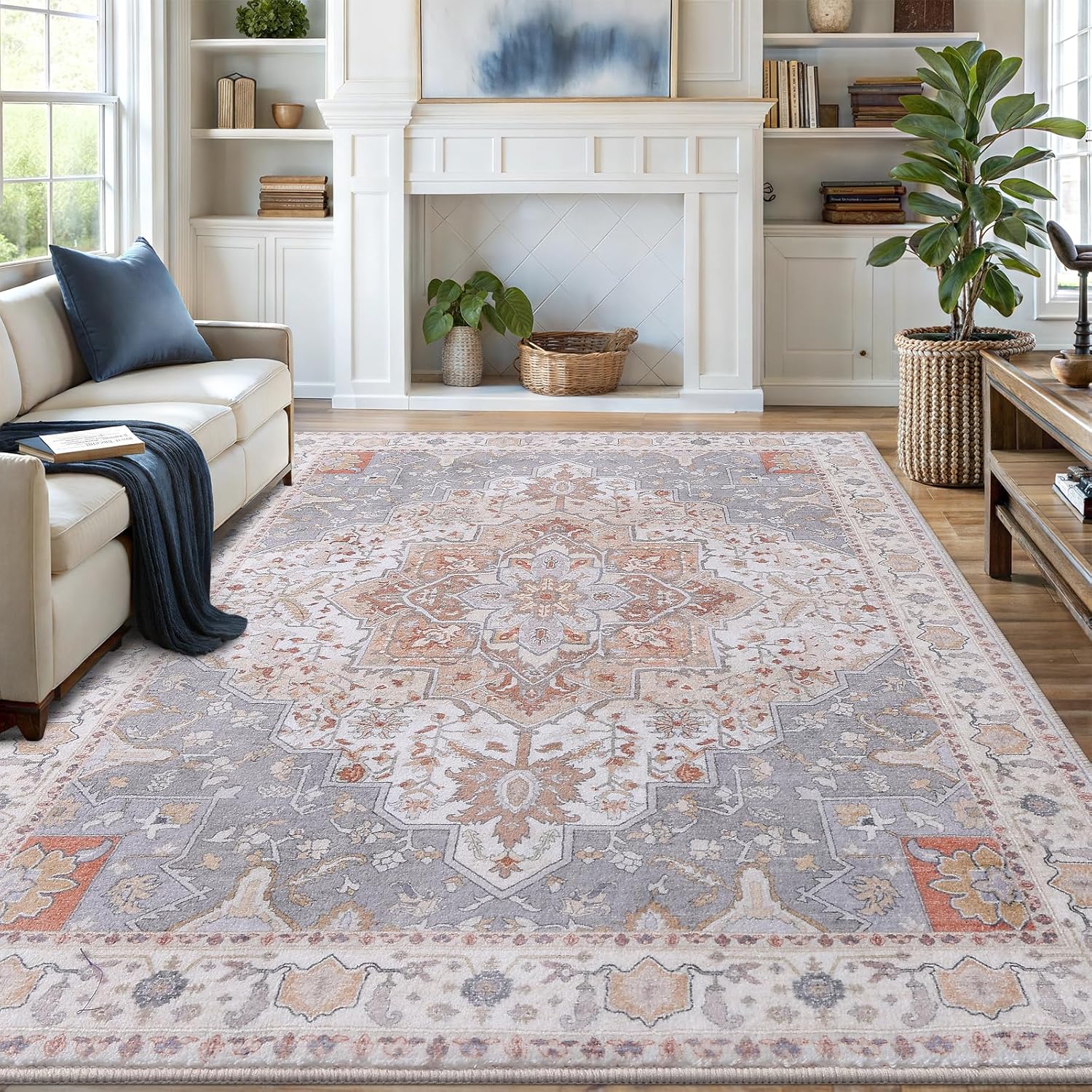Use a vacuum or broom to remove debris, followed by mopping with a suitable cleaner to remove dust and stains effectively.
Renovating your home leaves behind more than just memories – it creates a mess that requires special cleaning techniques. Dust, debris, and construction residue can damage floors if not properly addressed. Follow these professional methods to restore your floors to their pre-renovation glory.

Pre-Renovation Floor Protection
Prevention is the first line of defense against renovation mess. Before work begins:
- Cover floors with durable rosin paper or Ram Board
- Use painter’s tape to secure protective layers at edges
- Install temporary walk-off mats at entry points
- Seal off non-renovation areas with plastic sheeting
Choosing the Right Protective Materials
Not all floor protection works equally well. For heavy construction, 3/16″ thick Ram Board provides superior protection against dropped tools and foot traffic. For lighter projects, 30# rosin paper offers adequate coverage at lower cost.

Post-Renovation Cleaning Process
Step 1: Dry Removal of Large Debris
Begin by removing all large debris:
- Sweep or vacuum up visible chunks of drywall, wood scraps, and nails
- Use a putty knife to scrape off dried paint drips or adhesive
- Collect all debris in heavy-duty contractor bags
Step 2: Deep Vacuuming
Construction dust requires powerful suction. Use a wet/dry vacuum with these features:
| Feature | Why It Matters |
|---|---|
| HEPA filter | Captures fine dust particles |
| Strong suction (5+ HP) | Removes embedded debris |
| Wide nozzle | Covers more area quickly |
Step 3: Tackling Stubborn Residues
Different floor types require specific approaches:
Hardwood Floors
- Use a hardwood-safe vacuum first
- Damp mop with pH-neutral cleaner
- Never use vinegar or steam on unfinished wood
Tile Floors
- Scrub grout with oxygen bleach solution
- Use a steam mop for sanitization
- Seal grout after cleaning to prevent staining
Specialized Cleaning Solutions
Commercial cleaners work best for construction residue. According to Bob Vila, trisodium phosphate (TSP) effectively removes drywall dust when mixed properly. For eco-friendly options, consider organic cleaning products.
Making Your Own Cleaning Solutions
For those preferring DIY cleaners:
- Mix 1 gallon warm water with 1/4 cup white vinegar
- Add 1 tablespoon dish soap
- For tough grime, add 1/4 cup rubbing alcohol
Final Touches and Maintenance
After initial cleaning:
- Apply appropriate floor polish or wax
- Replace furnace filters to capture remaining dust
- Run air purifiers for several days
- Repeat cleaning weekly for first month
Preventing Future Damage
Maintain your newly cleaned floors by:
- Using floor mats at all entrances
- Implementing a no-shoes policy
- Scheduling regular deep cleanings
- Addressing spills immediately

